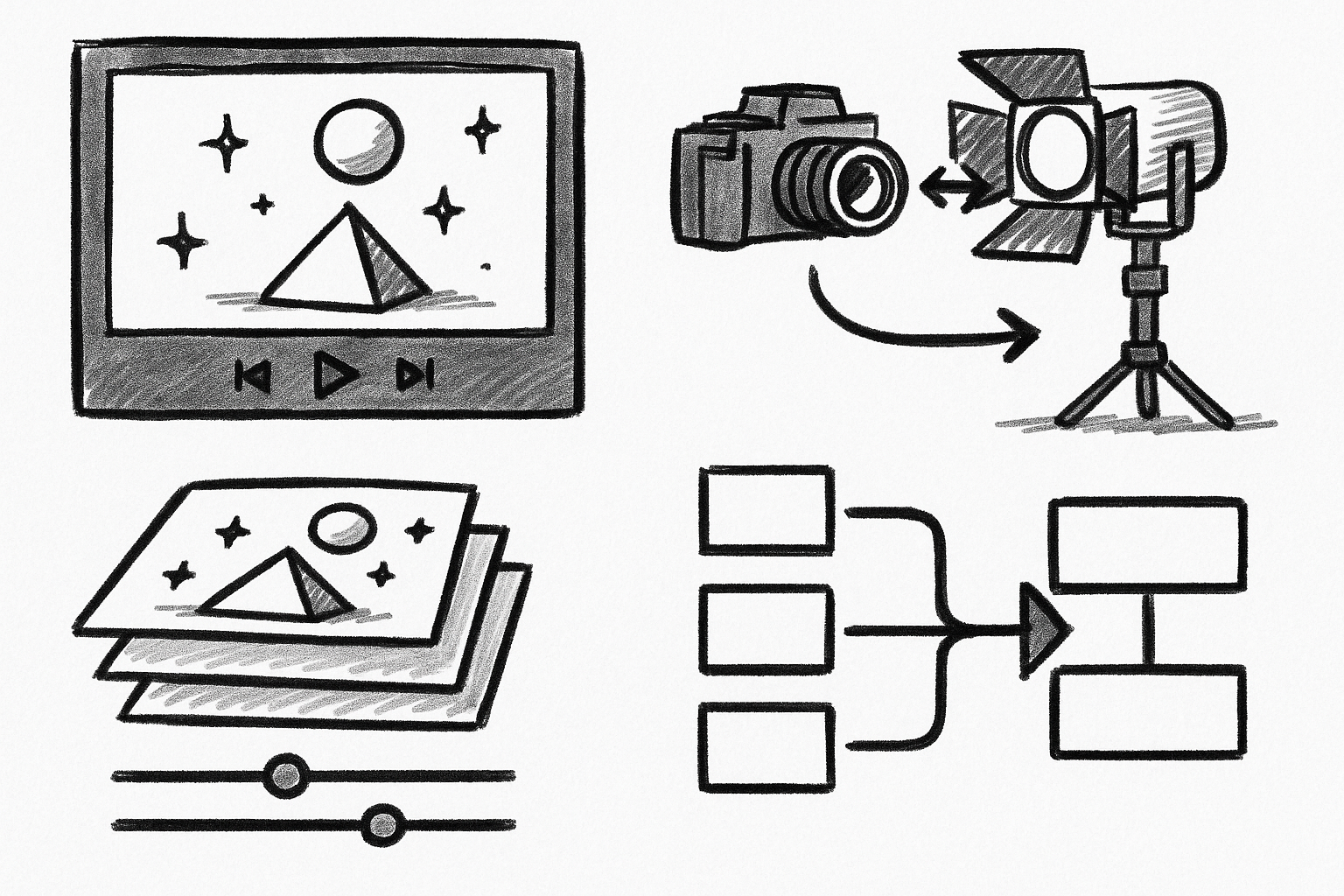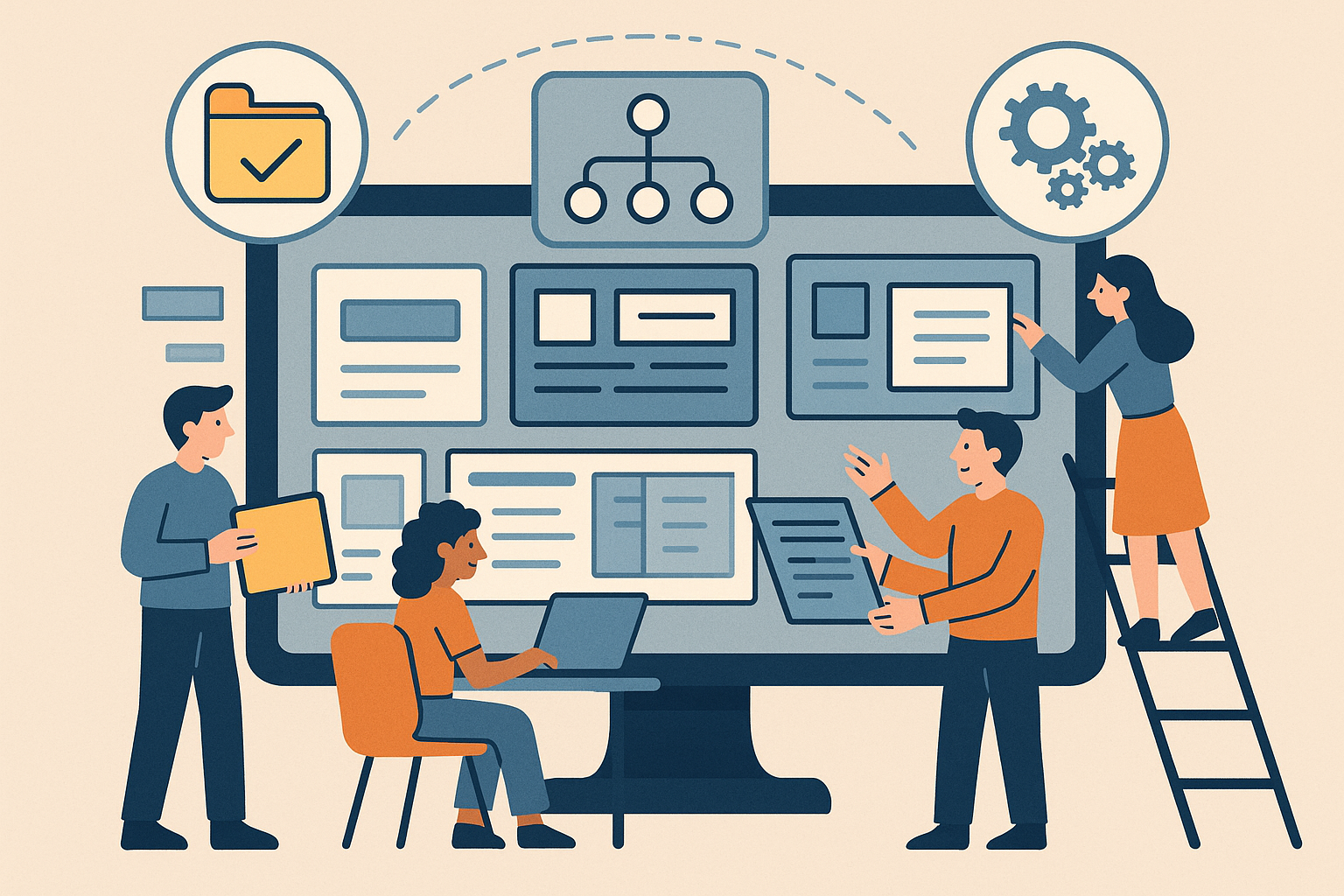Your Cart is Empty
Introduction to FreeCAD
FreeCAD is an open-source computer-aided design (CAD) software that has garnered considerable attention in the engineering and design communities. Unlike proprietary CAD tools that often come with substantial licensing fees and restrictive usage terms, FreeCAD is freely available and modifiable, embodying the principles of the open-source movement.
The significance of open-source tools in the CAD industry cannot be overstated. They democratize access to advanced design tools, allowing individuals and smaller organizations to compete on a level playing field with larger corporations. FreeCAD, in particular, stands out due to its extensive functionalities and robust architecture. Some of its unique aspects include parametric modeling, a modular design that allows for customization, and compatibility with a wide range of file formats.
Historical Context and Early Development
The origins of FreeCAD can be traced back to the early 2000s, a period characterized by a growing interest in open-source alternatives to commercial software. The initial concept for FreeCAD was driven by the need for a versatile and accessible CAD tool that could be used by both professionals and hobbyists alike. This vision was brought to life by a group of dedicated developers and enthusiasts who saw the potential for an open-source CAD tool to revolutionize the industry.
One of the key figures in the early development of FreeCAD was Jürgen Riegel, whose contributions were instrumental in shaping the software's foundational architecture. Alongside him were Werner Mayer and Yorik van Havre, both of whom played significant roles in the initial coding and subsequent expansions of the software's capabilities.
Early milestones in FreeCAD's development include the release of the first public version in 2002, which provided a basic but functional CAD environment. This was followed by a series of incremental updates that introduced new features and improved stability. The role of the open-source community in this process cannot be overstated. Volunteer developers from around the world contributed code, suggested improvements, and provided valuable feedback that helped to refine and enhance the software.
The evolution of FreeCAD’s licensing and governance structure also played a crucial role in its development. Initially, the software was released under the GNU General Public License (GPL), which ensured that it would remain free and open for all users. Over time, a more structured governance model was established, with a core development team overseeing the project's direction and ensuring that it adhered to its open-source principles.
Technological Foundations and Innovations
FreeCAD is built on a strong technological foundation that incorporates several key frameworks and libraries. At its core is a modular architecture that allows for extensive customization and flexibility. This architecture is composed of several interconnected modules, each responsible for different aspects of the software's functionality. This modular approach not only makes it easier to add new features but also ensures that the software remains adaptable to changing user needs.
One of the most significant integrations in FreeCAD is with the Open Cascade Technology (OCCT) library. OCCT is a powerful open-source software development platform for 3D surface and solid modeling, visualization, and data exchange. By leveraging OCCT, FreeCAD is able to offer advanced modeling capabilities that rival those of commercial CAD tools.
Another key component of FreeCAD's technological stack is its extensive use of the Python programming language. Python's simplicity and versatility make it an ideal choice for scripting and automation within FreeCAD. Users can create custom scripts to automate repetitive tasks, develop new tools, and even extend the core functionality of the software. This scripting capability is one of the features that sets FreeCAD apart from many other CAD tools.
In terms of features, FreeCAD offers a range of capabilities that cater to different design needs. One of the standout features is its support for parametric modeling, which allows users to create designs that can be easily modified by changing parameters. This is particularly useful in engineering and architectural design, where dimensions and specifications often need to be adjusted.
FreeCAD also supports a variety of file formats, making it highly interoperable with other CAD software. Users can import and export files in formats such as STEP, IGES, STL, and DXF, among others. This interoperability is crucial for ensuring that FreeCAD can be integrated into existing workflows and used alongside other tools.
Impact and Future Directions
FreeCAD has had a significant impact on the CAD industry, with a growing user base that includes professionals, hobbyists, and educational institutions. Its accessibility and versatility have made it a popular choice for individuals and organizations looking for a cost-effective alternative to commercial CAD tools.
FreeCAD's influence can be seen in a variety of fields, from engineering and architecture to product design and manufacturing. Its adoption by educational institutions is particularly noteworthy, as it provides students with access to advanced design tools without the prohibitive costs associated with commercial software. This has the potential to foster a new generation of designers and engineers who are proficient in using open-source tools.
Looking to the future, FreeCAD's development shows no signs of slowing down. The core development team and the broader community continue to work on new features and improvements. Some of the planned features for future releases include enhanced support for complex assemblies, improved usability, and expanded documentation and tutorials to make the software more accessible to new users.
The role of the community in FreeCAD's future cannot be overstated. As an open-source project, FreeCAD relies on contributions from volunteer developers, testers, and users. This collaborative approach ensures that the software continues to evolve in response to the needs of its users, and provides numerous opportunities for individuals to contribute to the project.
- Enhanced support for complex assemblies
- Improved usability
- Expanded documentation and tutorials
As FreeCAD continues to grow and evolve, it is poised to play an increasingly important role in the CAD industry. Its commitment to open-source principles, combined with its robust technological foundation and active community, make it a powerful tool for design and engineering professionals around the world.







